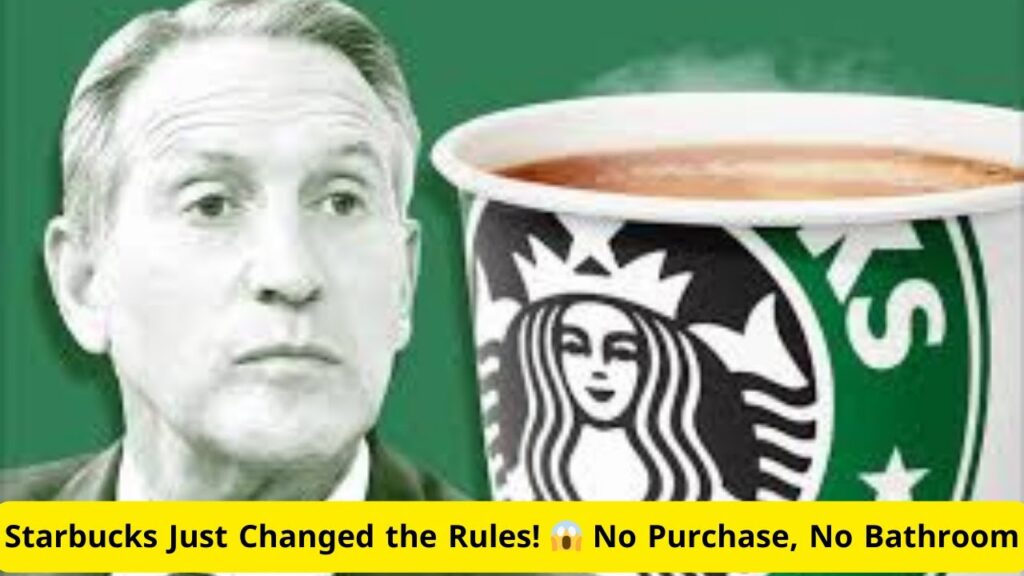![]() Of course it is. Maybe you wish it weren’t so, but it’s true. Your content is disposable. As a matter of fact, your entire brand might be more disposable than you think. More on that another time.
Of course it is. Maybe you wish it weren’t so, but it’s true. Your content is disposable. As a matter of fact, your entire brand might be more disposable than you think. More on that another time.
I have just started to collaborate with the social media guru Ken Chan, Founder & Chief Strategist at effbees. He caught me off guard in a meeting with one of our clients recently when he asserted that his firm specialized in “disposable content.
Disposable content? Who would want that? It’s exactly the opposite of everything we’ve been taught. All communications should be strategic and memorable, right? Even short-term price promotions should have some sort of staying power.
But Ken is right. If marketing hasn’t always been disposable, it sure is now. The far more important point is that if you’re not designing it to be disposable, you should be. For the Medium is The Message, and changing media dictate sweeping changes in messaging.
A column by Bonnie Fuller in Ad Age this week puts forth that Baby-Boomer Marketers Are Misreading Millennials’ Media Behavior, And They’re Sacrificing Dollars by Refusing to Keep Up With Changing Habits. Fuller provides valuable insight on Baby Boomer CMO’s who feel “overwhelmed by all their new media options” simply don’t understand digital media, and therefore resist change. The fact that this is not a revelation doesn’t make it any less true.
Even so, you have to wonder, why the continuing obsession with television? Les Moonves, CEO of CBS, was quoted in the Hollywood Reporter earlier this year as saying that up to 40% of his hit shows are viewed on DVR. And he wants to count those viewers fully in setting ad rates! Do you think those people are watching ads?
Viewership is down among Millennials, as is TV ownership. Anecdotally, many of my 20- and early 30-something friends and business colleagues don’t own televisions. They watch TV shows on their iPads or laptops, largely via illegal sites, not Hulu Plus or HBO GO. Nielsen data supports this observation.
That so many marketers don’t fully grasp the content side of the marketing equation is less evident but equally troubling
OMG! u know att spans r short! Why do u expect me to rd ur ad or sit thru 30 secs of vid 4 ur stuff?
Millennials and many of the rest of us are busy multi-tasking. That we have less patience and shorter attention spans now is well documented. Some scientists even believe human brains are being rewired to adapt to the constant barrage of messages and stimulation. Next time you’re in a bar or restaurant, look around. You’re likely to see two or three young people, out together for the night, all texting. Not talking to each other. Texting. They’re not “in the moment” even when they’re in the moment. They’re not paying attention to each other. Think they’re paying attention to your ads?
Snapchat, one of the most popular apps among teens, is in fact designed to be disposable. Send your friend a photo or short video, and it expires within one to ten seconds (the sender sets the timing) after they open it.
Short. Disruptive. Visual. These are the new guidelines for advertising content. One “traditional” advertiser that seems to be getting this right, at least partially, is Lowe’s. Ad Age recently reported “the home improvement retailer is offering short video tips to consumers via (Vine), the mobile service video-sharing app available on iPhone and iPod Touch. Tips include how to remove a stripped screw, remove rust from knives and use pillowcases to organize sheets.”
Lowe’s CMO Tom Lamb is quoted as saying that, “Consumer behavior is forcing us to…learn to be incredibly concise,” adding that the Vine spots “give our brand a different dimension.”
Those short videos are entirely disposable. If they’re relevant to you, it’s possible that you might go back and look at them again. Otherwise, you move on. Same with all Facebook posts and Vines. These aren’t the old family photo albums, kept for posterity, passed around while the family is gathered around the fireplace, reminiscing on a cold winter night. That Instagram is a nice little diversion for a very short-lived moment. Don’t worry – there will be more tomorrow. Plenty more.
Lowe’s is showing signs of progress, but they will still spend about $400 million in advertising this year, and the lion’s share of that on TV. At least that level of spending is likely to make a dent, and the mass numbers delivered by TV might support that decision. But how many of those TV viewers are really seeing those ads? Or paying the least bit of attention? Couldn’t a barrage of quick visual hits, delivered digitally and precisely targeted with content geared to that very moment, be more effective?
You have to wonder how powerful that $400 million might be spent in this manner. More important, for all those brands spending $25 million or less, why would they even want to compete in the outrageously cluttered TV morass when they might dominate a limited number of highly targeted sites online?
One more thing. I may have worked hard on this piece, but I know it’s entirely disposable as well. Still, maybe you’ll forward or re-Tweet it before you hit “delete?”
If not, no worries. I’ll write more next week.



